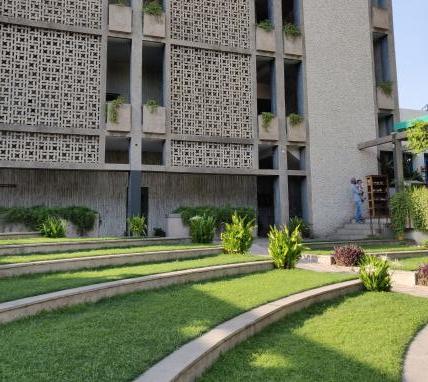
3 minute read
Delhi Diaries
from KEYSTONE 1920
Radha Barbhai III Yr radhabarbhai@gmail.com
Delhi, the Capital City of our nation, known for numerous overwhelming experiences, be it political, historical, or architecture. Technically, I’ve been to Delhi numerous times before, but never went with a lens to observe its architectural marvels by all the master architects making timeless structures and history. The journey was a series of stories stitched to one another like a pictorial storybook of experiences, very well narrated by Desai sir with full enthusiasm. Every morning we started our day off with full energy to explore the architectural setting of this beautiful city. Here are a few of the lot that would stay with me forever. The first thing I remember about Delhi-o-Delhi is the walk around Connaught Place with that colonnade merging three transitional spaces into one. You think you wouldn’t go that distance on feet, but the life on the streets escapes the distance in air. Morning walks were always pleasant considering the mild temperature and breeze, and the mandatory descry of NDMC building by Ar. Kuldip Singh. On our way on the first morning walk, amidst seeing the works of all the master architects, I discovered a beautiful bungalow, sited on a small plot making a stunning contribution to the street’s façade. The Yamuna Apartments by Ar. Ranjit Sabiki, gave a completely different perspective to multi-storey housing cooperative societies. The access staircase is an important design element of this project. The illusion of three different levels of the staircase imbues an aesthetical appeal and gracefulness to the structure. Small cosy outdoor setting with grit plaster and engraved building numbers, all in all making this place homely and happening. Though we couldn’t get a glimpse of the National Dairy Development Board building from the inside, I could only imagine the magnificent works of Ar. Achyut Kanvinde’s work from the street view of this project. I couldn’t help but awe the play of volumes with concrete and landscape. Guruji, as Desai sir would refer to Ar. Kanvinde, designed Akar 11; the house of brick where we all learned to conceive design in minute details, be it the window opening or the door mat drop. It felt homely and warm with the exposed, raw colour of the brick. The aangan of the house has half lawn, shaded by trees and the other half directly pulls up to the garage, maintaining the visual balance and defining the entrance of the house.
Advertisement
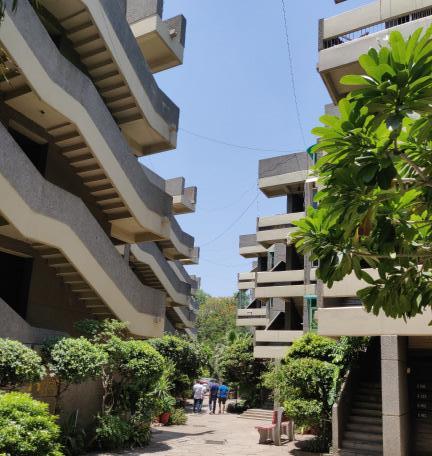
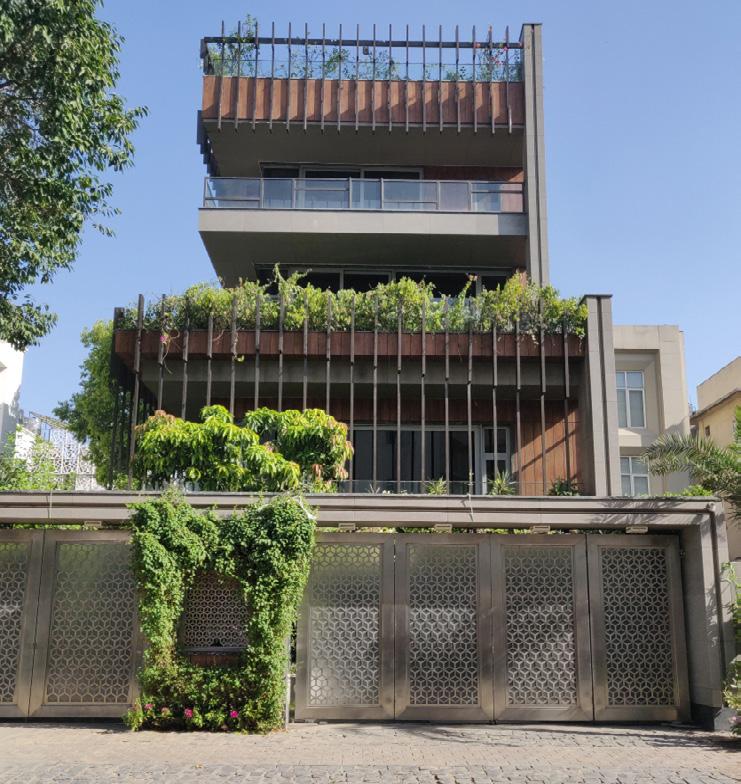


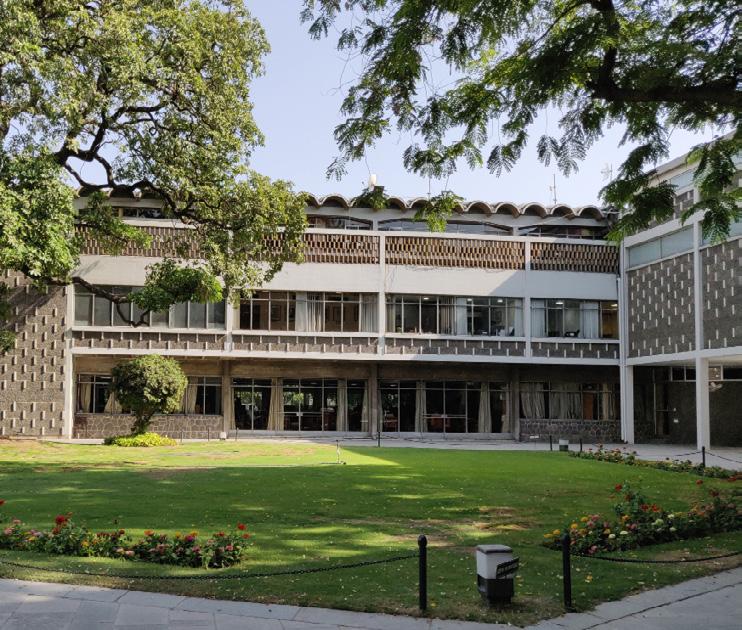
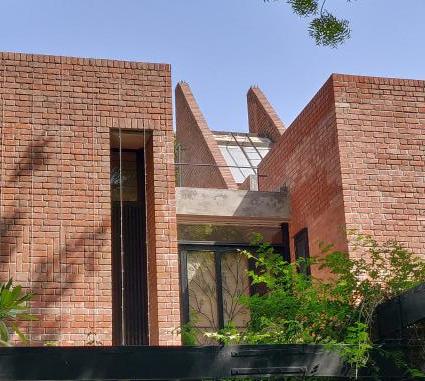
I particularly remember taking a walk through Steinabad – a gully with prominent structures designed by the master Ar. Joseph Allen Stein. The India International Centre, a subtle expression of bourgeois community accessible to few and entitled only. I consider myself lucky to be exposed to such a fine piece of work. The subtle colours compliment the stonework and the grit plaster with a tinge of landscape. To elaborately understand his design thought, we all visited Indian Habitat Centre across the Lodi road. Structures like Indian Habitat Centre prove that rectangles are not always mundane and monotonous. It shows the ability to convert a rigid form into a very subtle and fluid structure. The shear scale of the courtyard with entire spread of space frame overhead and landscape below gives an illusion of being inside a structure whilst being just in public domain. To extend my appreciation for Ar. Stein’s work, Triveni Kala Sangam would stand above all. Till date I remember the long running conversation we had with Desai sir on the outdoor amphitheatre steps of Triveni. The jaali pattern on the façade was adding a character to the place, as good as giving it its own identity. I’d like to end on the note of mentioning the visit we gave to India gate in the evening, where all the people, like you and me, gather for upliftment and get together. An open space for all to reminisce, commemorate and solemnise our soldiers. A space that only Delhi could have the strength to hold and maintain with such dignity. Delhi isn’t just a city, it became an experience always memorable.
